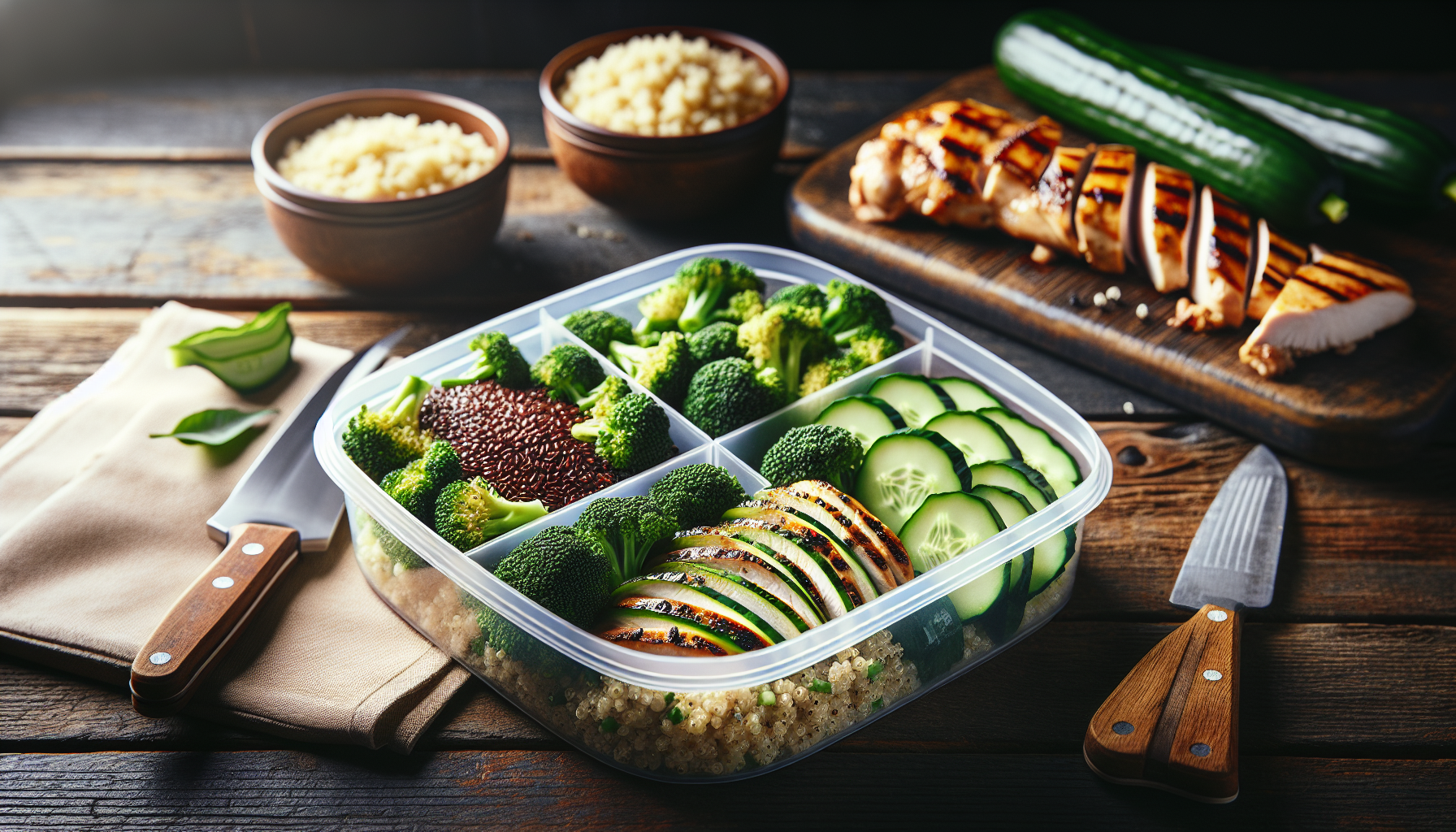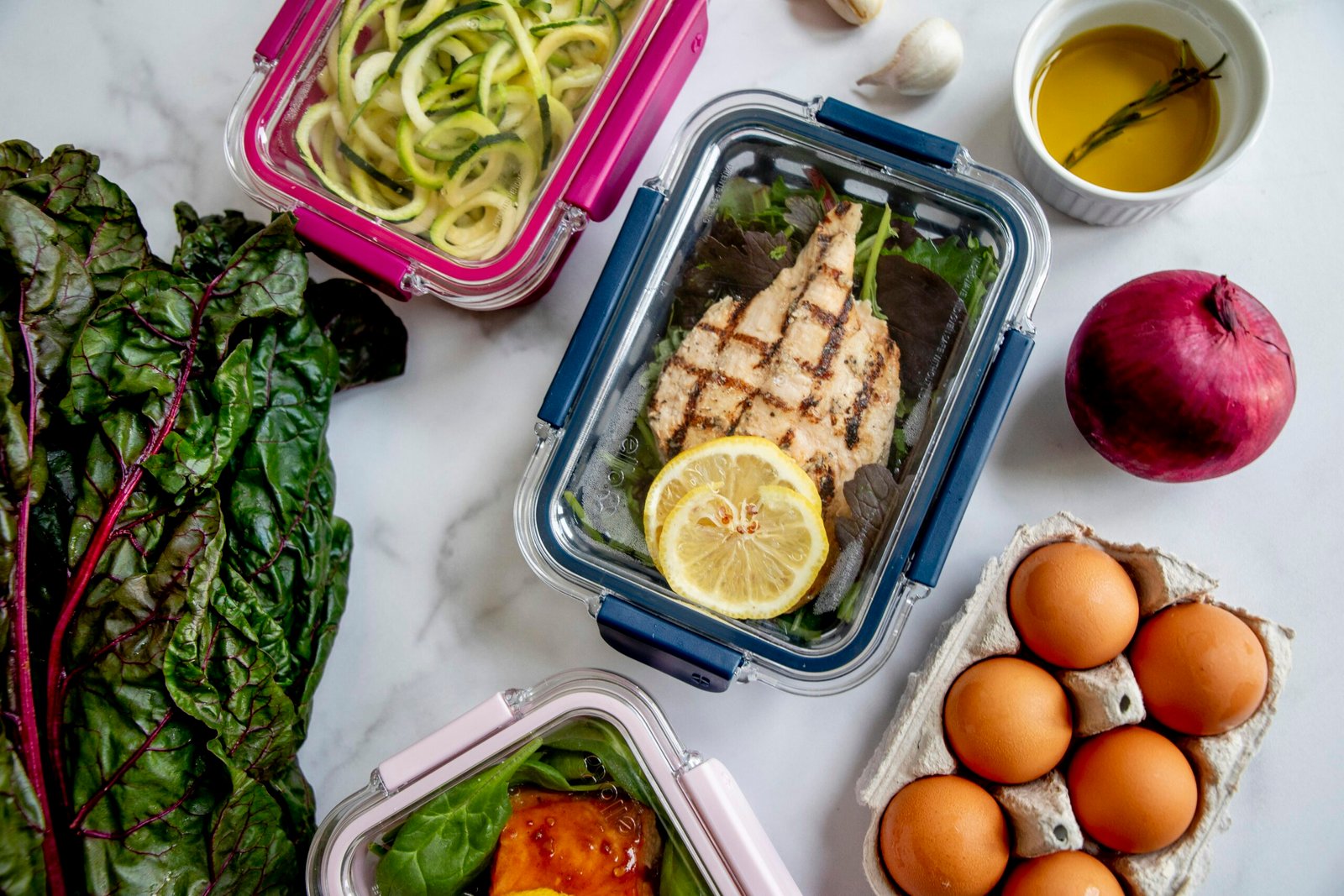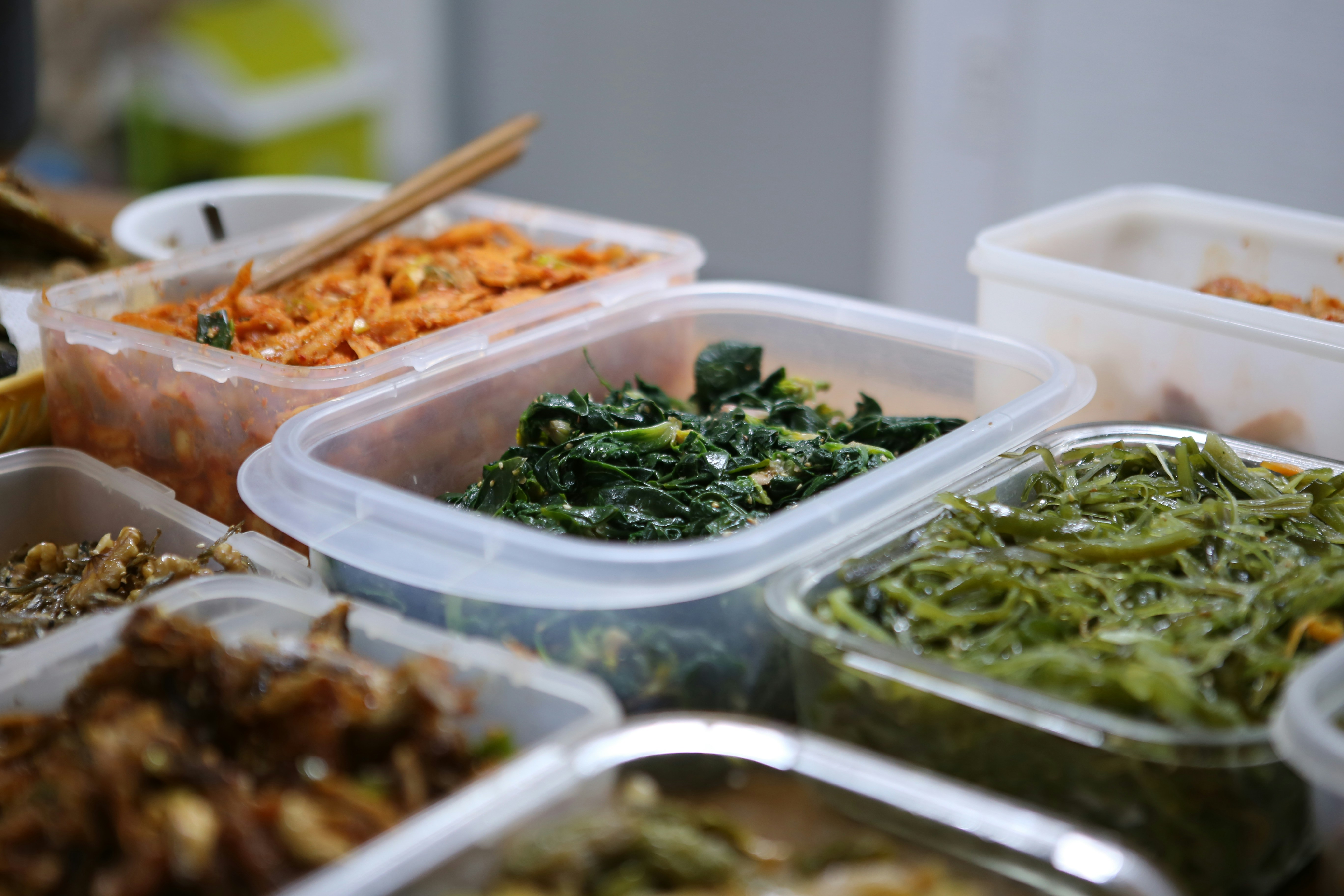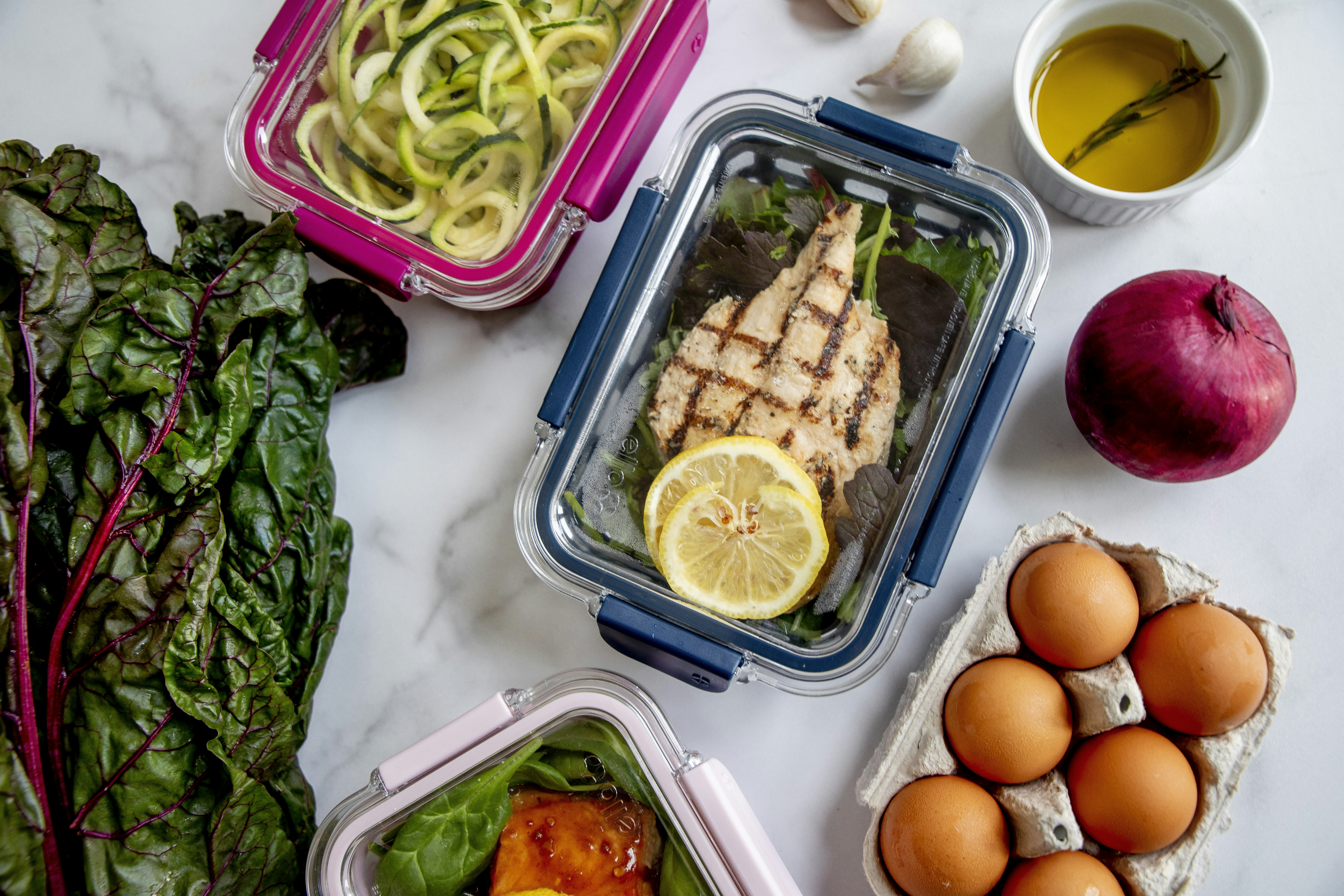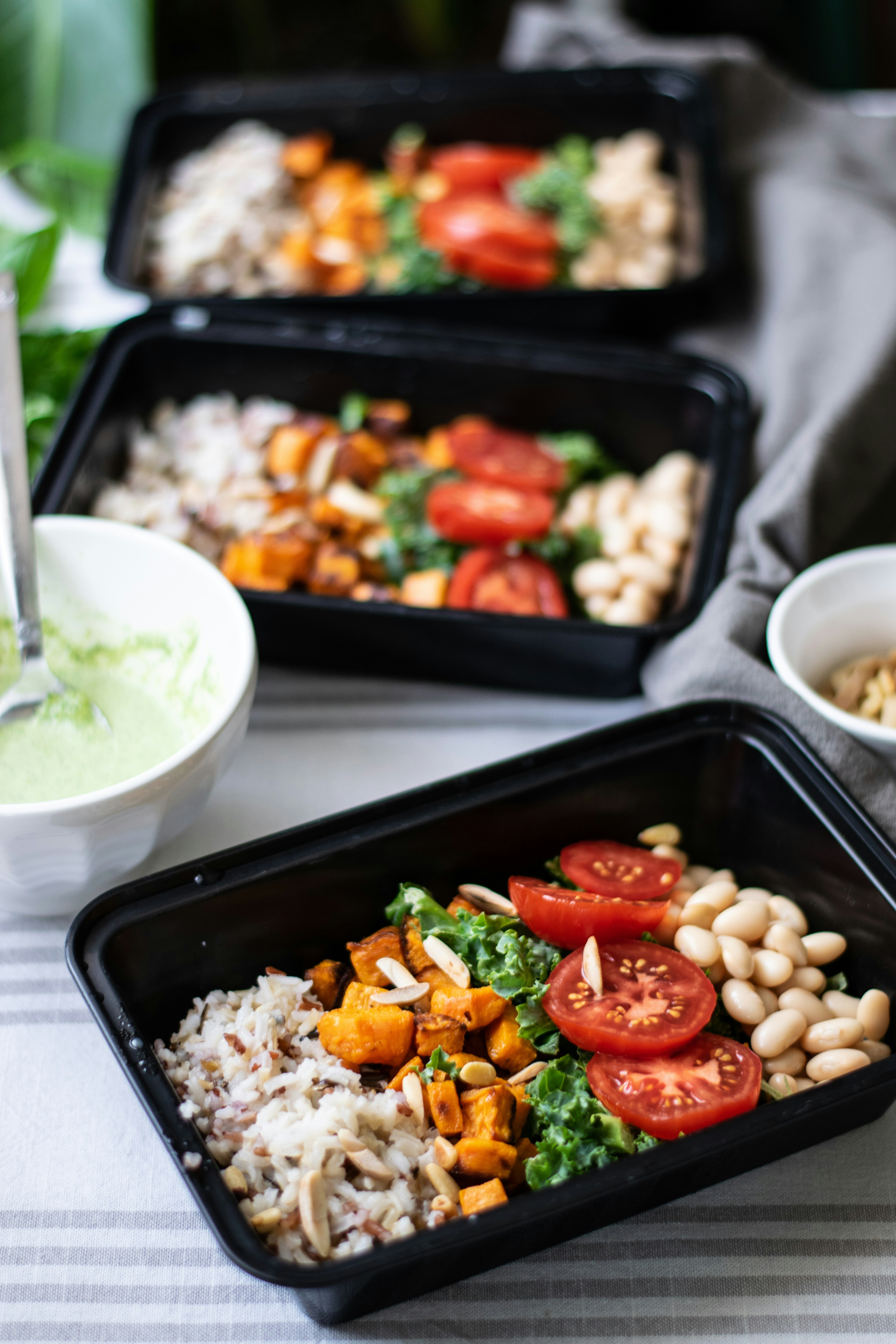Have you ever felt overwhelmed by the thought of planning meals, especially when you’re trying to maintain a low-oxalate lifestyle? You’re definitely not alone in this struggle. Meal prepping can seem like a daunting task, but with the right approach, it can become an empowering part of your dietary journey. This guide is here to help you navigate meal prepping for a low-oxalate lifestyle smoothly and confidently.
Understanding Oxalates
Before jumping into meal prepping, let’s clarify what oxalates are and why managing them is essential for your health. Oxalates are naturally occurring compounds found in many foods. While the body can handle them in moderation, high oxalate intake can lead to issues, particularly for individuals prone to kidney stones or those with certain health conditions.
The Basics of Oxalate-Rich Foods
You might be wondering which foods are high in oxalates. It’s a broad range, and recognizing them is crucial for your meal prep. Here’s a quick breakdown:
| Food Group | High-Oxalate Foods |
|---|---|
| Vegetables | Spinach, beet greens, rhubarb |
| Fruits | Berries (especially blackberries), kiwi |
| Nuts & Seeds | Almonds, cashews, peanuts |
| Grains | Quinoa, buckwheat |
| Legumes | Soybeans, lentils |
| Other | Chocolate, tea |
On the other hand, you don’t have to eliminate all delicious options from your menu. It’s all about balance and making informed choices.
The Importance of Meal Prepping
Meal prepping isn’t just a trend; it’s a way to take control of your eating habits. When you prep meals for a low-oxalate lifestyle, you save time, reduce stress, and ensure healthier options are always within reach. Imagine arriving home after a long day to discover a nourishing, low-oxalate meal waiting for you. That sounds pretty appealing, right?
Benefits of Meal Prepping
-
Time Efficiency: Cooking in bulk means you spend less time in the kitchen throughout the week. You’ll have more time for yourself or other activities that bring you joy.
-
Cost-Effectiveness: Buying ingredients in larger quantities can lead to savings. Plus, you minimize food waste because you’ll be using your groceries more efficiently.
-
Healthier Choices: You decide what goes into your meals, making it easier to adhere to your low-oxalate plan. You can experiment with flavors while avoiding high-oxalate obstacles.
-
Portion Control: Prepping meals in advance allows you to measure out portions. This can help with managing your dietary goals, whether that’s weight loss or maintenance.
Getting Started with Meal Prepping
You’re probably asking yourself where to start. It might feel overwhelming, but breaking it down into manageable steps makes it achievable.
Step 1: Planning Your Menu
Take some time to plan a menu for the week. Focus on incorporating low-oxalate foods while still allowing yourself to enjoy a variety of flavors. Use the food list above to choose different protein sources, vegetables, and grains.
Sample Menu
| Meal | Options |
|---|---|
| Breakfast | Scrambled eggs with bell peppers, oatmeal with blueberries |
| Lunch | Grilled chicken salad with lettuce, cucumbers, and a vinaigrette |
| Dinner | Baked cod with steamed broccoli and quinoa |
| Snacks | Rice cakes with hummus, fresh pear slices |
When planning meals, aim to include a variety of colors and textures. It not only makes meals visually appealing but ensures you’re getting various nutrients too.
Step 2: Shopping for Ingredients
With a menu ready, it’s time to hit the grocery store, or your preferred online shopping platform. Stick to your list to avoid impulse buys that could derail your low-oxalate goals.
Tips for Grocery Shopping
- Shop the perimeter: The outer aisles of grocery stores usually contain fresh produce, meats, and dairy. These items tend to be less processed.
- Choose fresh vegetables: Opt for low-oxalate vegetables that you enjoy. Think broccoli, carrots, and cauliflower. These can be versatile in many meals.
- Avoid pre-packaged foods: These often contain hidden high-oxalate ingredients or preservatives that might impact your health.
Meal Prep Tips and Tricks
Now that you have your meal plan and groceries, let’s talk about how to make the most of your meal prep time.
Organize Your Kitchen
A well-organized kitchen can dramatically improve your meal prep efficiency. Make sure your work area is clean, and gather all the necessary tools before you start cooking. You’ll need containers for storage, measuring cups, a knife, and cutting boards.
Container Choices
Choose BPA-free containers for storage, making it easy to see your meals at a glance. Consider compartmentalized containers for dishes that include multiple components to maintain freshness.
Time-Saving Techniques
-
Batch Cooking: Prepare multiple servings of a single dish, like grilled chicken or roasted vegetables, and portion them out for the week.
-
Chop Ahead: If you have raw vegetables that need to be used for multiple meals, consider chopping them in advance to save time.
-
Use a Slow Cooker or Instant Pot: These appliances can be lifesavers for meal prepping. You can throw everything in, set it, and let it cook while you focus on other tasks.
Labeling Meals
Label your containers with the name of the dish and the date it was prepared. This helps keep track of what you’ve made and ensures everything gets eaten before it spoils.
Creating Dishes for Meal Prep
It’s essential to have a repertoire of go-to low-oxalate recipes that you can mix and match. Let’s break down some dishes you can incorporate into your weekly meals.
Breakfast Ideas
Having a solid breakfast is crucial for starting your day off right. Here are some ideas that fit a low-oxalate lifestyle:
-
Veggie Omelet: Use eggs, bell peppers, and mushrooms. It’s packed with protein and flavor.
-
Overnight Oats: Opt for rolled oats, almond milk, and low-oxalate fruits like blueberries or bananas.
Lunch Options
For lunches, consider meals that are easy to prepare and transport if needed:
-
Chicken and Quinoa Bowl: Combine grilled chicken, quinoa, and steamed broccoli. Drizzle with olive oil for added flavor.
-
Cabbage Salad: Use shredded cabbage, carrots, and a light vinaigrette. Add grilled shrimp or chicken for a protein boost.
Dinner Dishes
Keep dinners satisfying yet low-oxalate with these suggestions:
-
Baked Salmon: Season with lemon and herbs, bake until flaky. Serve with a side of asparagus or green beans.
-
Stuffed Bell Peppers: Fill bell peppers with a mix of ground turkey, brown rice, and diced tomatoes. Bake until tender.
Snacks
Don’t forget healthy snacks to keep you energized throughout the day. Here are some low-oxalate options:
-
Yogurt: Plain, full-fat yogurt topped with fruits like peaches or rice cakes.
-
Homemade Trail Mix: Combine pumpkin seeds, sunflower seeds, and a moderate amount of dried coconut.
Making Adjustments
As you get comfortable with meal prepping, you might notice certain recipes need tweaking to better suit your tastes or dietary needs.
Listen to Your Body
If you’re trying out new ingredients or meals, pay attention to how your body reacts. This awareness is key to finding what works best for you and your low-oxalate lifestyle.
Experiment with Spices and Herbs
Adding flavor through herbs and spices can elevate your meals. Most herbs have low oxalate content, meaning you can get creative without compromising your diet.
Embrace Leftovers
Don’t shy away from making larger portions. Leftovers can be transformed into different meals. For instance, leftover grilled chicken can be added to salads, wraps, or grain bowls.
Staying Motivated
It’s not uncommon to feel unmotivated at times, especially when prepping meals becomes routine. Here’s how to keep your spirits up.
Set Realistic Goals
Don’t pressure yourself to create elaborate meals every week. Start small and gradually increase your cooking repertoire as you become more comfortable.
Share the Experience
Cooking with a friend or family member can make the process more enjoyable. You can swap ideas, share recipes, and even reduce prep time by cooking in bulk together.
Join a Community
You’d be surprised how many others are on a similar dietary journey. Online forums or social media groups can provide support and inspiration. Sharing experiences and tips can reignite your passion for meal prepping.
Wrapping It Up
Meal prepping for a low-oxalate lifestyle might seem challenging at first, but it can quickly become a source of empowerment. By planning your meals, learning about ingredients, and finding ways to make the process enjoyable, you can take control of your diet while maintaining a delicious and varied menu.
Remember, it’s a journey—allow yourself the grace to make mistakes or adjust along the way. Embrace the creativity that comes with cooking and think of each meal prep as an opportunity to nourish not just your body, but your spirit, too. Happy cooking!
